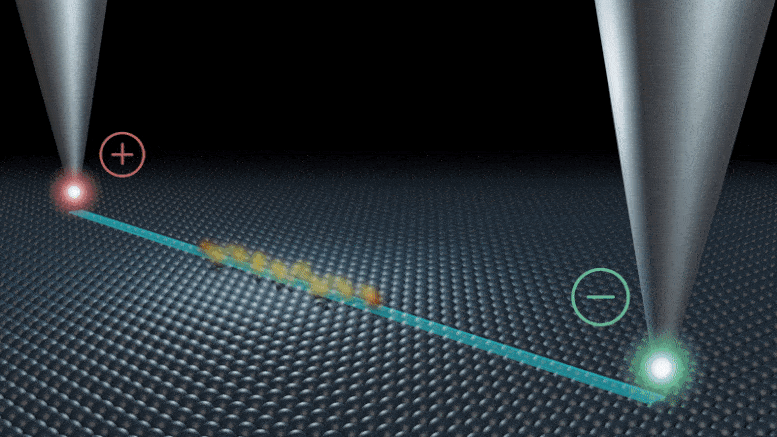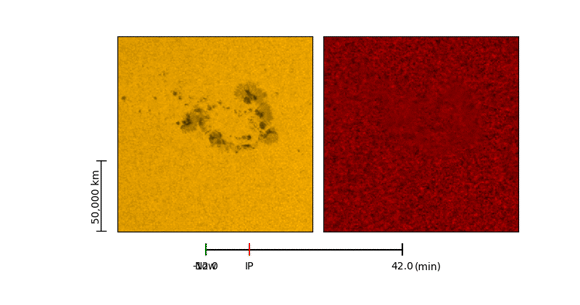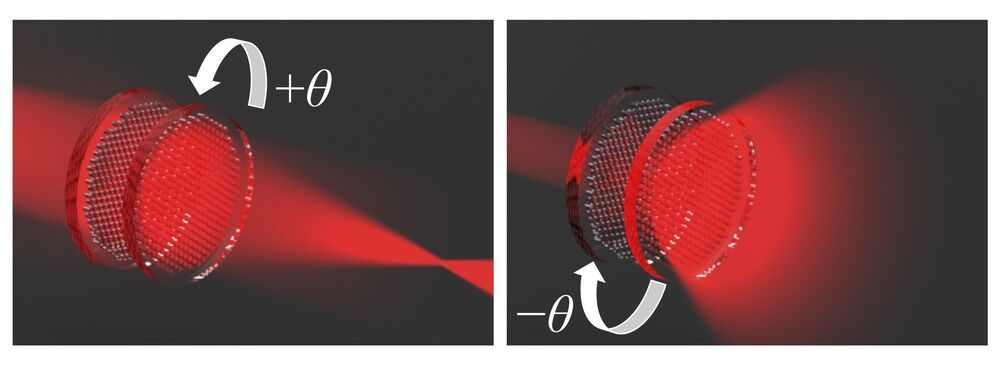“The process of creating methane-based fuel has been theorized before, initially by Elon Musk and Space X. It utilized a solar infrastructure to generate electricity, resulting in the electrolysis of carbon dioxide, which, when mixed with water from the ice found on Mars, produces methane. This process, known as the Sabatier process, is used on the International Space Station to produce breathable oxygen from water. One of the main issues with the Sabatier process is that it is a two-stage procedure requiring large faculties to operate efficiently. The method developed by Xin and his team will use anatomically dispersed zinc to act as a synthetic enzyme, catalyzing the carbon dioxide and initializing the process. This will require much less space and can efficiently produce methane using materials and under conditions similar to those found on the surface of Mars.”
Among the many challenges with a Mars voyage, one of the most pressing is: How can you get enough fuel for the spacecraft to fly back to Earth?
Houlin Xin, an assistant professor in physics & astronomy, may have found a solution.


















